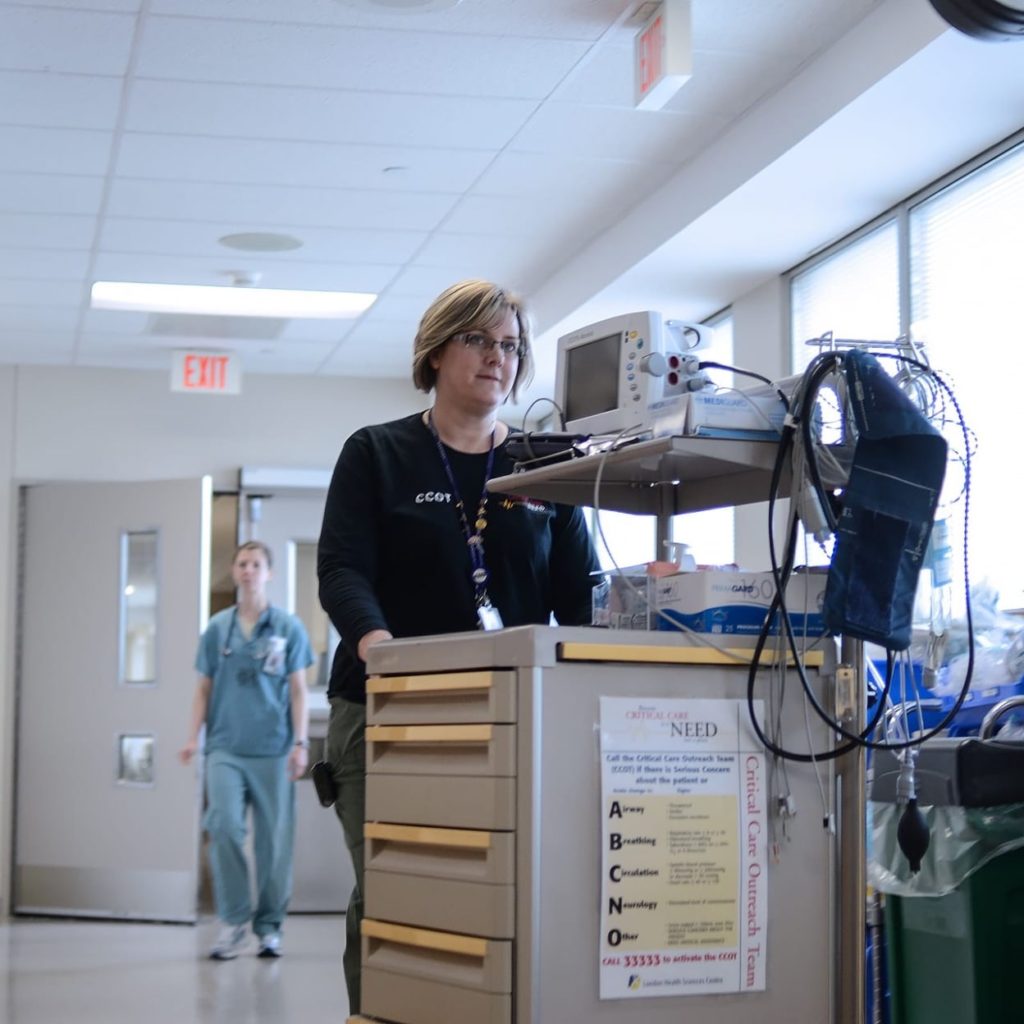
OC3PR: The Consent and Capacity Board of Ontario: Role, Navigation, and How It Can Help the Health Care Team
View



Established in 2005, Critical Care Services Ontario (CCSO) led the implementation of Ontario’s first Critical Care Strategy and now centrally coordinates and develops integrated system solutions for critical care and specialty programs aligned with critical care. CCSO’s work is the result of an ongoing collaboration between critical care providers, hospital administrators, partners from the Ministry of Health and other health system leaders.

CCSO improves access, quality, system integration, and value in the critical care system by partnering with system leaders to identify key priorities and co- develops policy and programs to address system issues.
For multidisciplinary critical care teams to come together to share best practices and engage in discussions with their colleagues, across Ontario’s critical care system, to inform the care of critically ill patients. Learn More.
Stay tuned for future learning opportunities.

With a history of critical care system development, CCSO has demonstrated that an integrated healthcare system benefits front-line health care providers as well as the province as a whole. CCSO continues to deliver on its promise of improving access, quality, system integration, and value in the health system by addressing the policy, funding and operational issues that impact Ontario’s critical care system.
patients ANNUALLY
Critical care beds
Critical care units

Building connections between interdisciplinary and cross-functional health care providers has enabled seamless transitions throughout a patient’s continuum of care. The expertise and engagement of stakeholders is crucial to the overall success of CCSO’s initiatives. A knowledge sharing infrastructure is now in place to deliver timely and effective quality of care as a result of the long-standing partnerships CCSO has developed and nurtured.

Stay tuned for future events.
2024 | Reports
The 2023 Burnout and Assessment of Team Cohesiveness Provincial Report provides an overview of the reported feelings of burnout among critical care teams, the ongoing impact of the pandemic recovery experience, the baseline perception of team cohesiveness, and the continuing impact of Health Human Resource challenges witnessed in Ontario within critical care. The insights gained from this Annual Report continue to inform system-level, as well as local investment and planning to improve staff well-being and retention within the Ontario Critical Care system.
2024 | Guidelines & Standards
The Burn Management Checklists support clinicians at referring hospitals in managing patients with burn injuries closer to home. These checklists are meant to aid in clinical decision-making and are not a replacement for a consultation with a burn surgeon/centre facilitated by CritiCall Ontario.
1. Checklist: Outpatient Burn Management
2. Checklist: Isolated Inhalation Injury Management
3. Checklist: Electrical Injury Management
4. Checklist: Burn Resuscitation Management
2024 | Guides & Toolkits
Help users understand and navigate the quarterly Neurosurgery Scorecard (hosted on CCSO Data Analytics Platform). The terms, definitions and purpose of each indicator are explained in this guide.
Find all our resources and tools in one convenient repository.
Stay up-to-date on upcoming learning and engagement opportunities.
Have a question or want to learn more about CCSO?